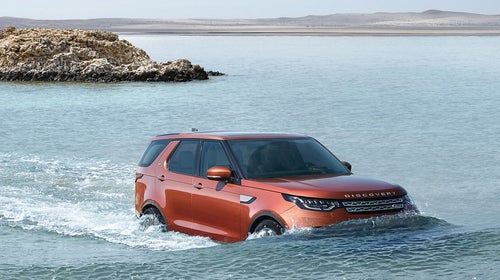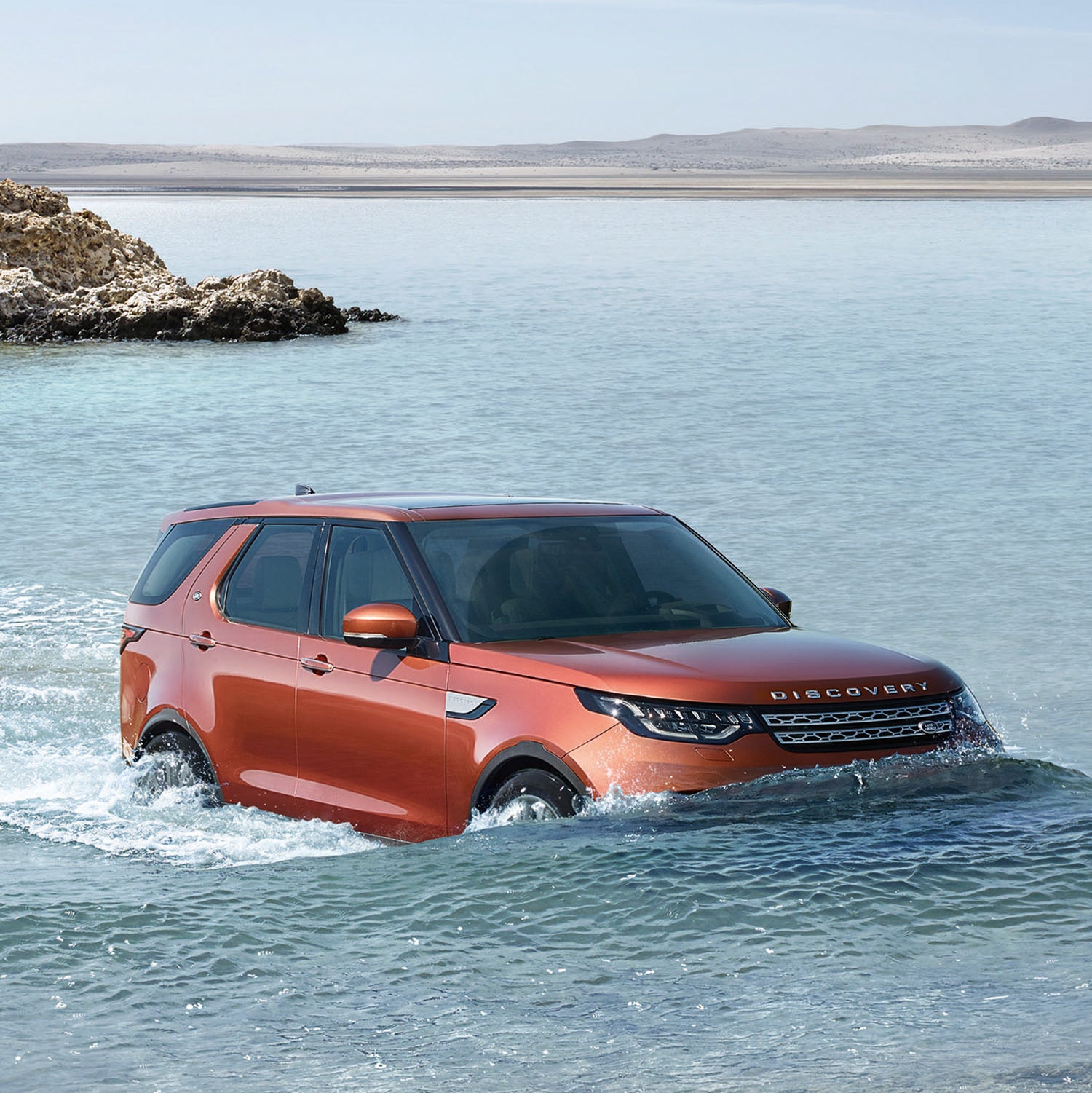By now you know the typical storyline when it comes to new SUVs: genuine off-road capability is sacrificed in pursuit of improved fuel economy, a quieter ride, and an easier driving experience. ThatÔÇÖs what happened to the Jeep Cherokee, the Ford Explorer, and even the last generation of the Land Rover Discovery. But this all-new 2017┬ámodel should actually be pretty solid in the dirt, at least for a modern SUV.┬á
IndefinitelyWild
 IndefinitelyWild┬áis a lifestyle column telling the story of adventure travel in the outdoors, the vehicles and gear that get us there, and the people we meet along the way. Follow us on┬á,╠ř, and┬á.
IndefinitelyWild┬áis a lifestyle column telling the story of adventure travel in the outdoors, the vehicles and gear that get us there, and the people we meet along the way. Follow us on┬á,╠ř, and┬á.LetÔÇÖs get this out of the way first: unlike the first two generations of DiscoveryÔÇöwhich were body-on-frame trucks with axlesÔÇöthis fifth┬ágeneration is very much a unibody crossover with independent suspension. That means less outright strength and articulation than previous models. But, for a modern, road-focussed SUV, this new Disco should actually be pretty good. Take its 27.5-degree breakover angle for instance; , thatÔÇÖs a full six degrees better than a Jeep Wrangler Rubicon, which should make this luxury Land Rover better than the Jeep over uneven terrain.┬á
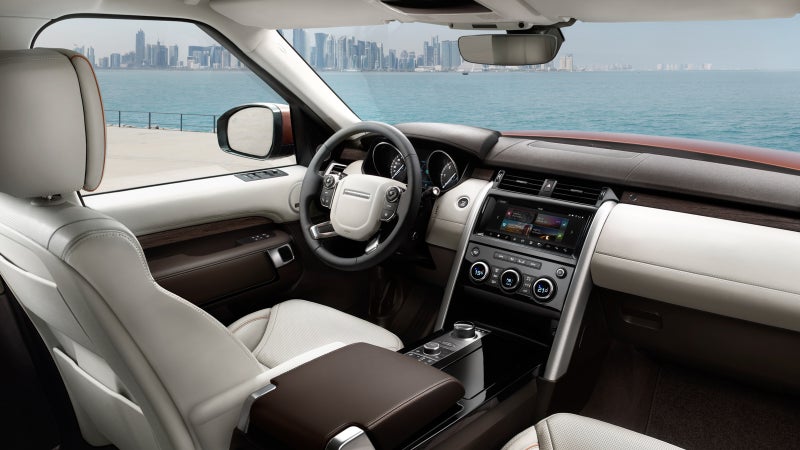
This┬áDiscovery also improves on the angles of the fourth┬ágeneration (confusingly dubbed ÔÇťLR4ÔÇŁ in America. The brand's┬áreturning to the proper name for 2017), with two degrees of additional approach angle (34 degrees), and three degrees more departure (30). All numbers are quoted with the optional air suspension, which also brings 19.7 inches of suspension travel. Another improvement from four to five? At 4,660 pounds,╠řthis new one is 1,000 pounds┬álighter than the leviathan it replaces. And it does that while improving crash safety.
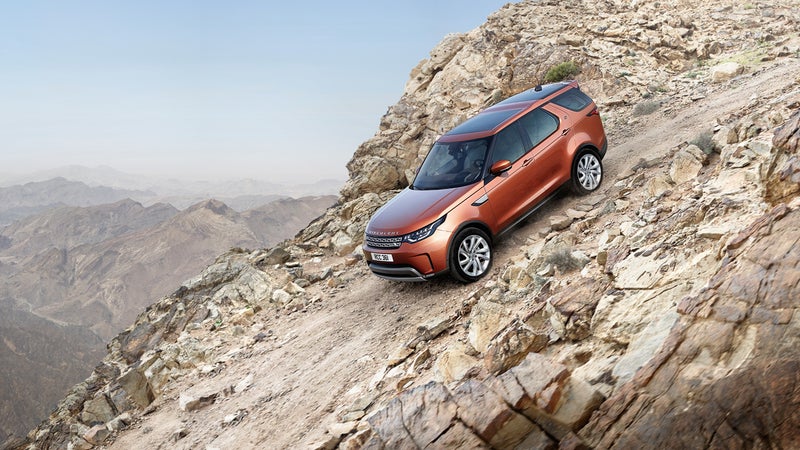
A rear locking differential is available┬áand a proper low-range transfer case is standard. While┬áthe Disco 5 does have electronic hill-descent control, it also has the mechanical ability to multiply gearing and safely get you up or down steep off-road grades. ThereÔÇÖs even something resembling a snorkel, which pulls in air from high up on the hood, to facilitate a water fording depth of 35 inches.┬á
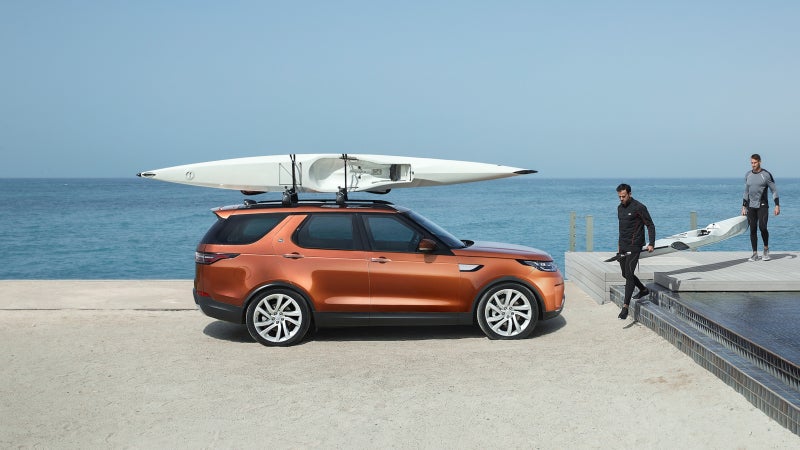
A suite of driver-assisting electronics is book-ended by two semi-autonomous features,╠řone designed to handle braking and accelerating while creeping over challenging off-road terrain, leaving you with only the responsibility to steer, and another that handles parking while youÔÇÖre towing trailers. Both sound particularly handy for inexperienced drivers, removing much of the skill necessary to fully exploit the DiscoveryÔÇÖs capabilities. For such a large, capable vehicle, it should be exceptionally easy not just to drive┬ábut also to use as intended.
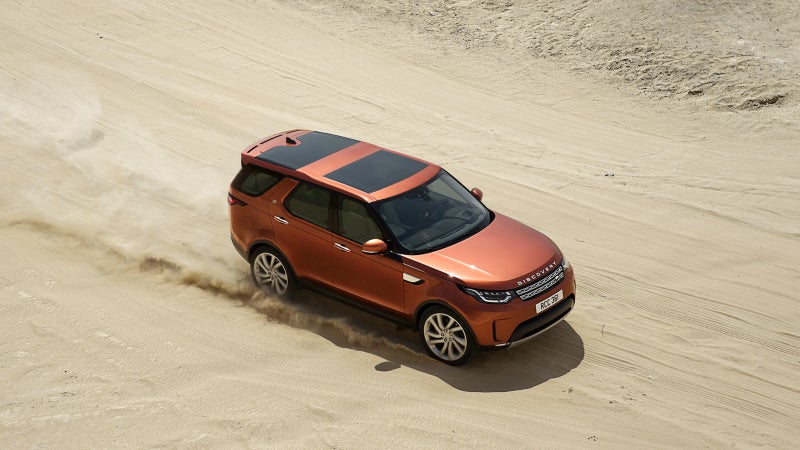
In the U.S., weÔÇÖre getting two engines: the 340-horsepower, 332 Lb-Ft 3.0-liter V6 also found in the new Jaguar F-Pace, and the excellent new 254-horsepower, 443 Lb-Ft 3.0-liter turbodiesel. That diesel can tow up to 7,700 pounds.
Discovery 5 pricing starts at $49,990. 
Inside, youÔÇÖll find seven seats Land Rover describes as ÔÇťadult size,ÔÇŁ even in the way, way back (which are ), and all of those can be folded and re-arranged using a much-touted new smartphone app. As youÔÇÖd more typically expect of a new SUV, convenience features receive equal billing to off-road capability. You can open the tailgate by waving your foot under the rear bumper, and the suspension will even lower itself so you can more easily lift heavy stuff or geriatric dogs into it.┬á
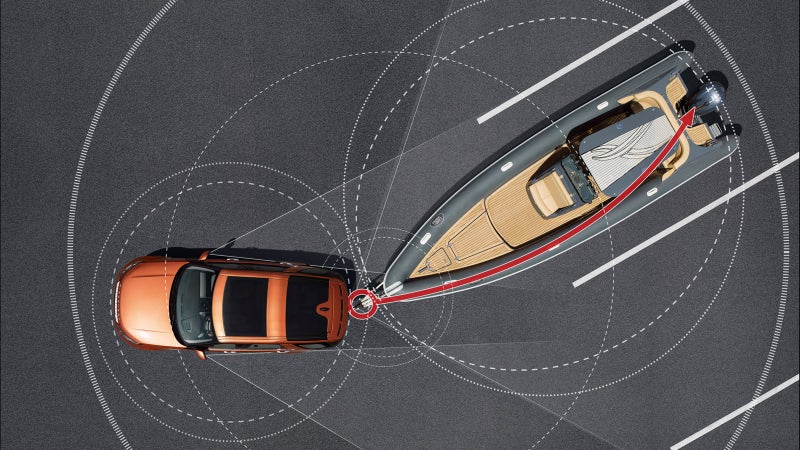
IÔÇÖll be sticking with the ridiculous off-road capability and compromised on-road dynamics of my first┬ágeneration of Discovery, but most other people who spend most of their lives on pavement will be much better served by this new Disco 5ÔÇöit really does look like the best Discovery yet.┬á
